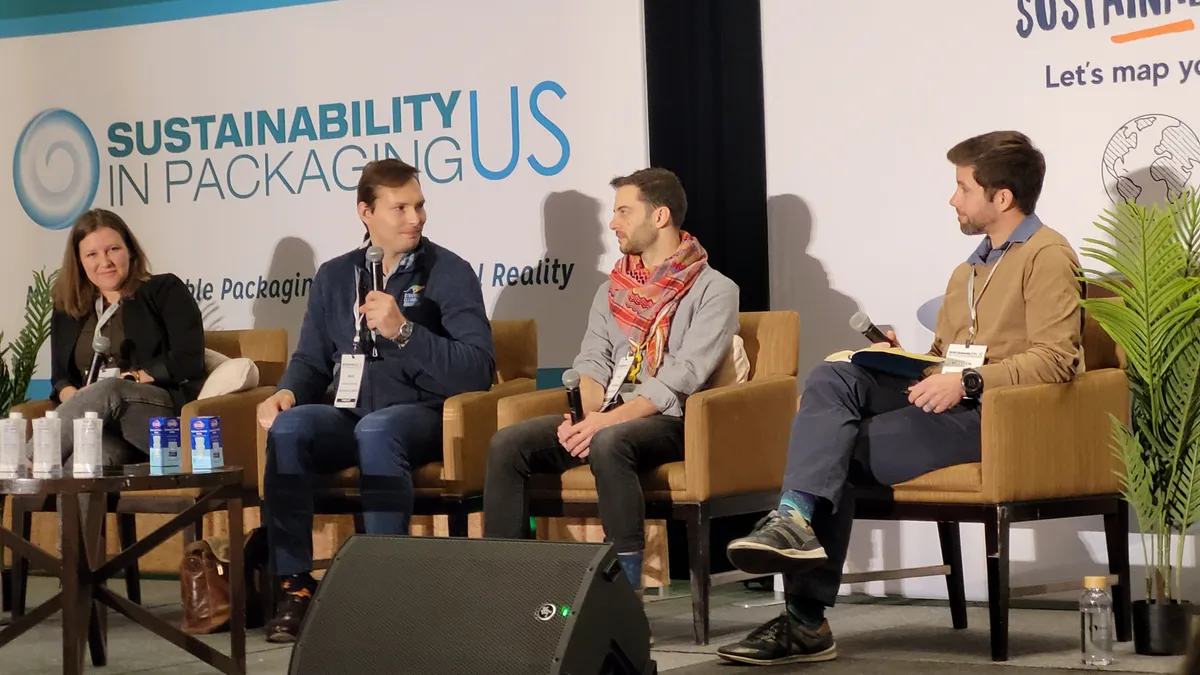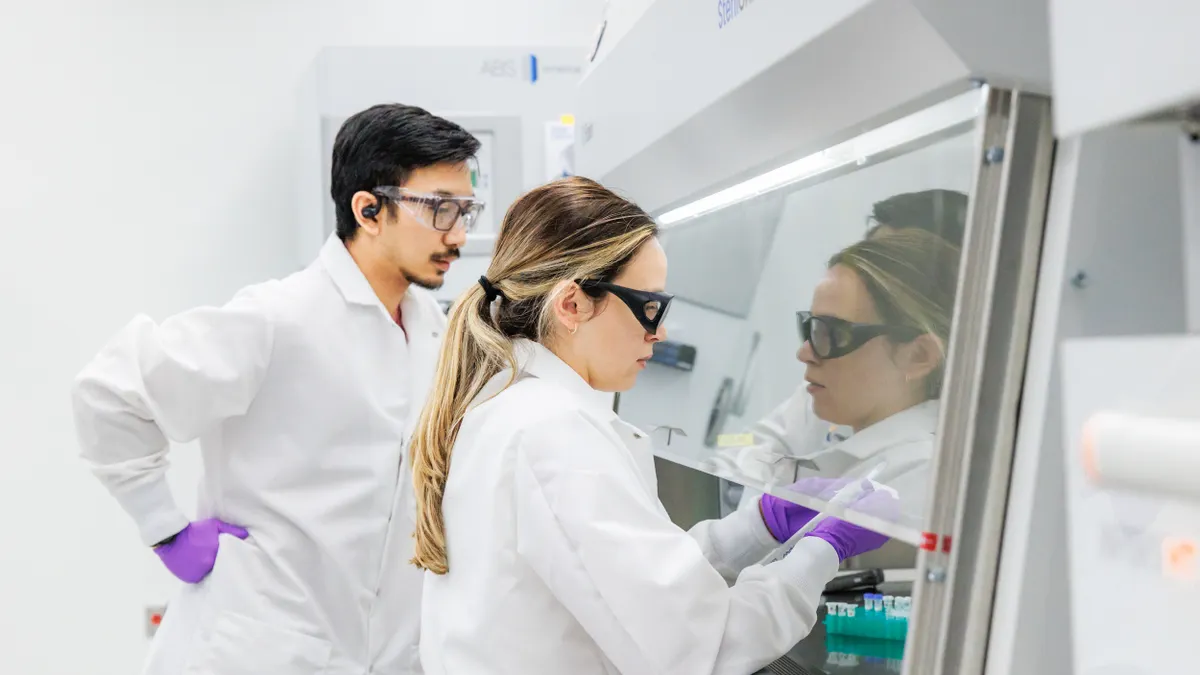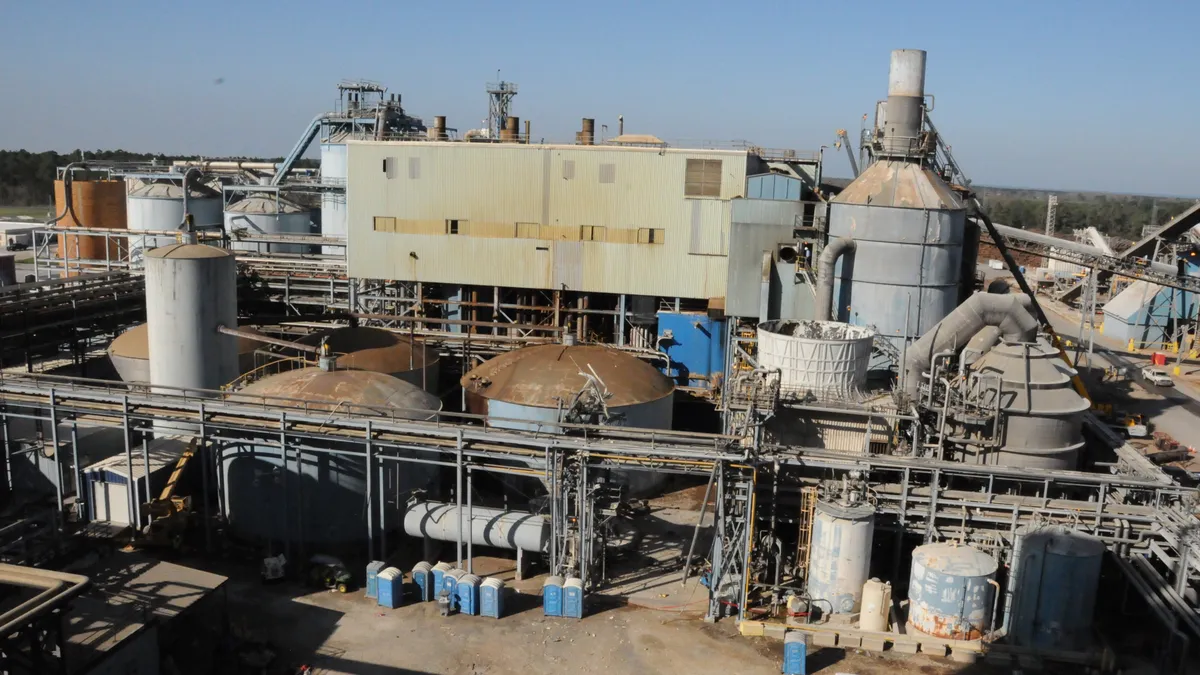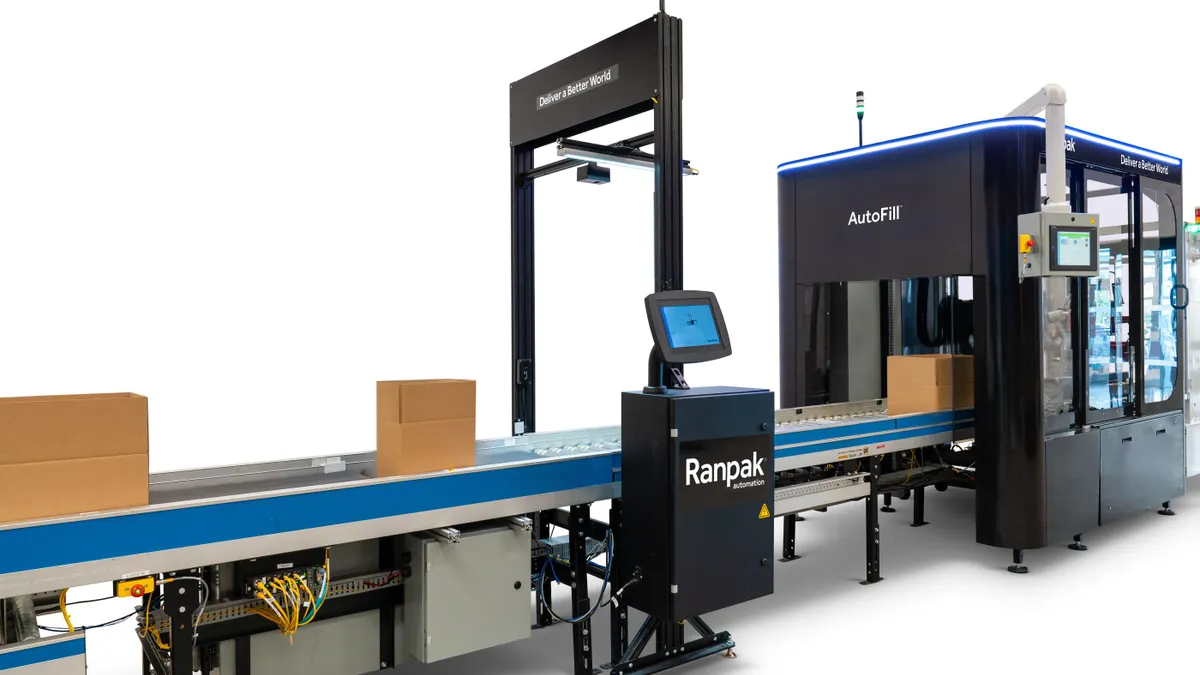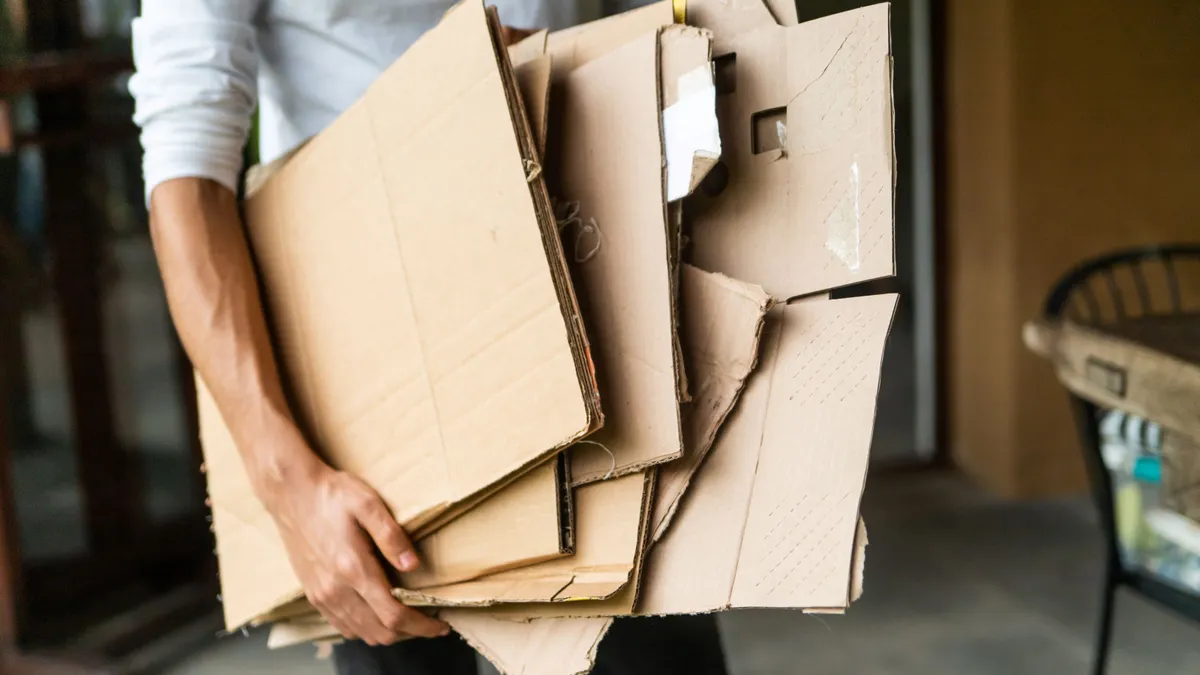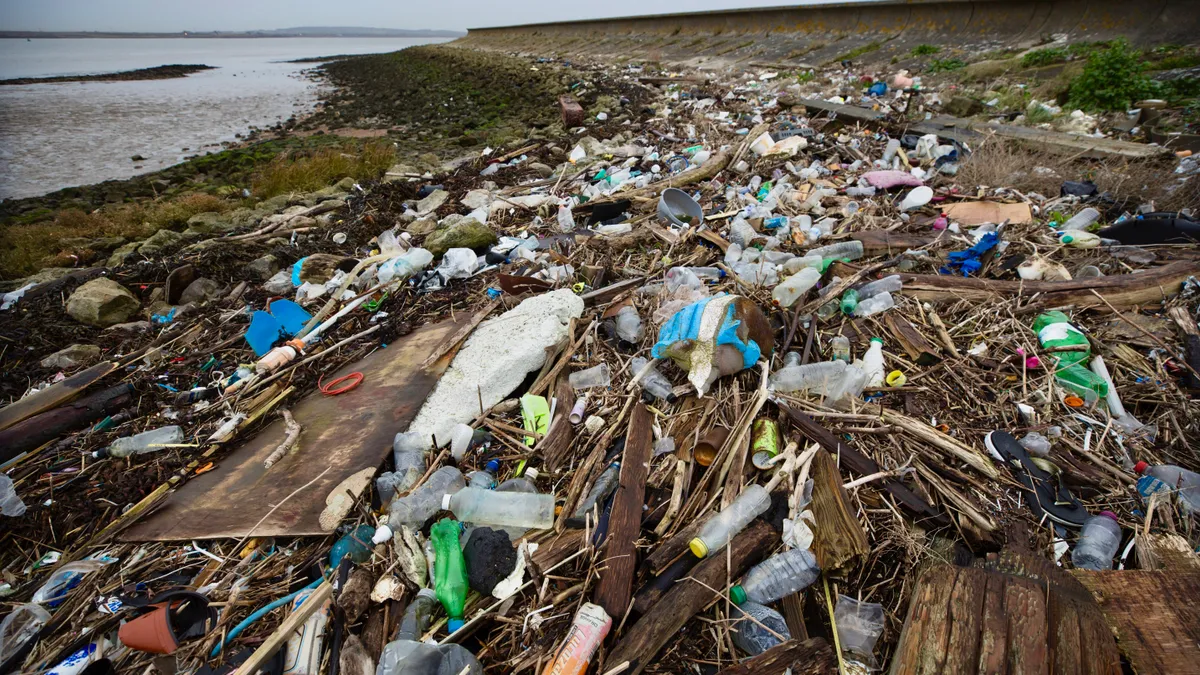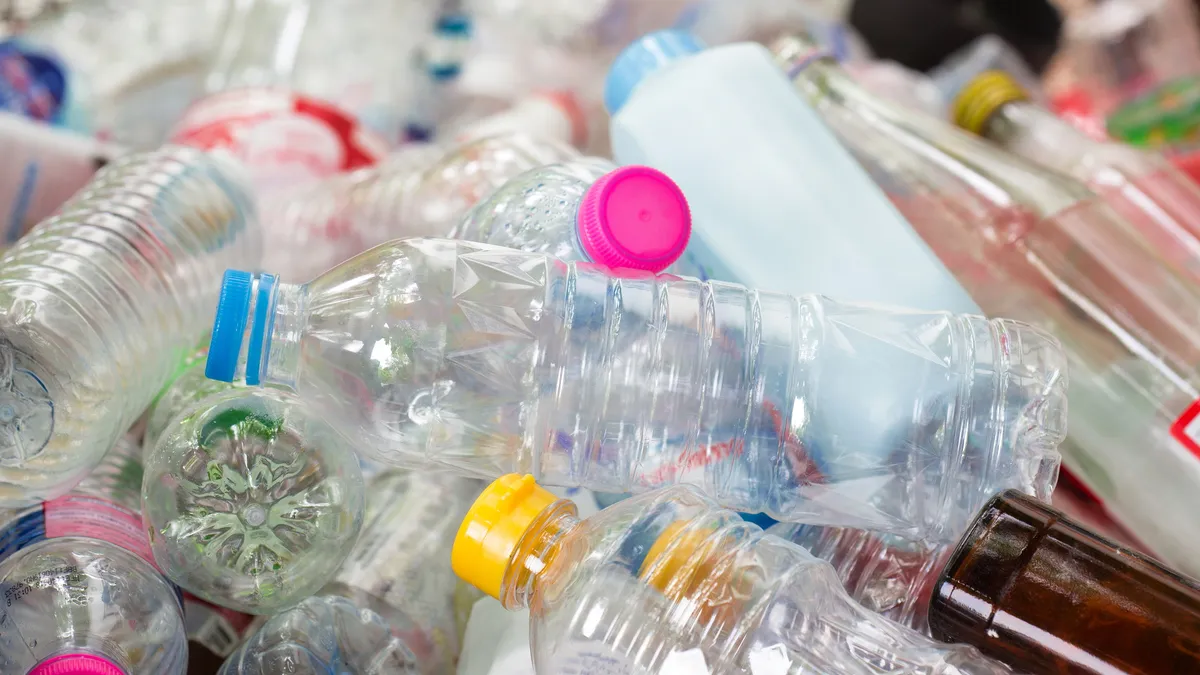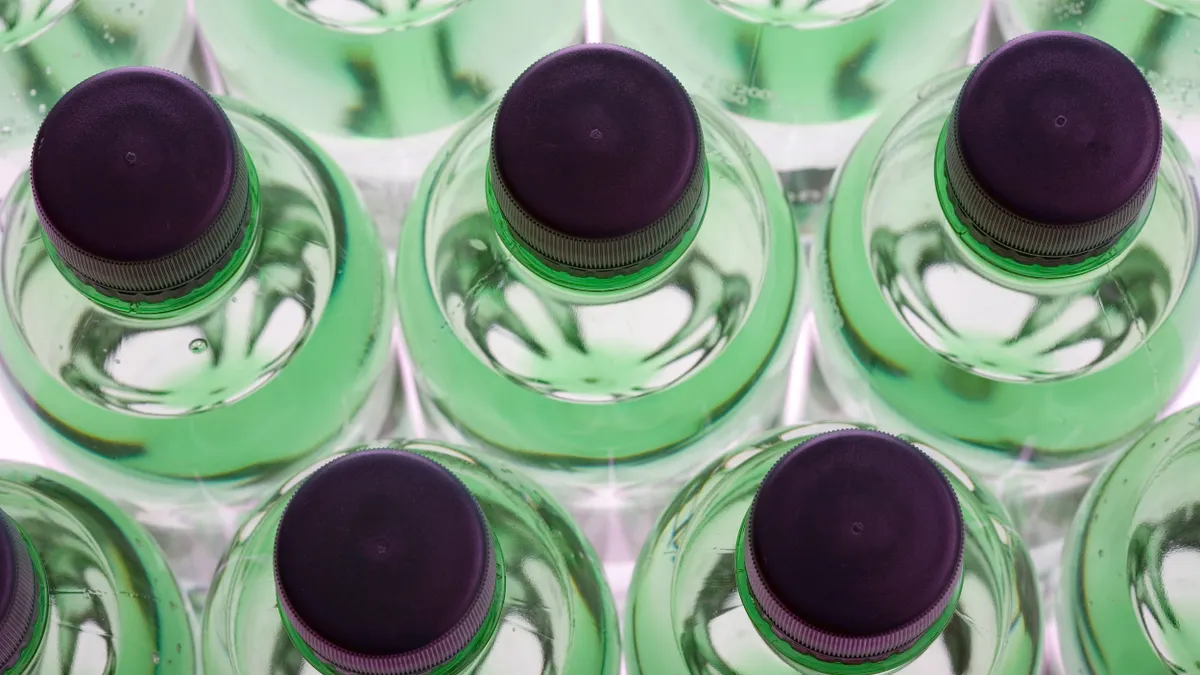Reusing and refilling containers can be much more sustainable than single-use packaging, or even recycling, but hurdles related to convenience are preventing the sectors from reaching scale faster, according to panelists at the recent Sustainability in Packaging US conference in Chicago.
“On all facets, reuse makes more sense: environmentally, economically, societally,” said Michael Martin, founder and CEO of reusable cup company r.Cup, during a panel on achieving scale with reuse programs. “It's hard to get people to that point. There's a lot of education required ... because we've been trained to do single use.”
Brands and the packaging industry have spent decades building a society that prioritizes convenient, single-use packaging, and it will take time to get consumers and all stakeholders to embrace a transition, said Annika Greve, global senior director of business development at reuse platform Loop. Figuring out how to accelerate the shift with currently available resources — while minimizing change for consumers, who are change averse — and creating an economical model is difficult.
"We spent 50, 60, 70 years optimizing single use,” Greve said during a panel about challenges and successes with reuse. “There's no chance that ... reuse will have anything close to cost neutrality" in the near future.
She added that consumer perceptions of convenience aren’t the core issue with refill and reuse business models.
"Consumers can see it being convenient if the industry allows it to be convenient,” Greve said. Explaining that Loop’s system lets consumers both buy and drop off refillable containers at any participating retailer, she added that "we're trying to make reuse feel like single use — as close to disposability as possible."
Speakers cited a recent statistic indicating that although 84% of consumers express interest in refillable packaging, the follow-through is lacking considering refillable only represents 4% of products that are purchased. They stressed the importance of making refill programs convenient.
"It's really hard to change consumer behavior. So if we want to have reuse ... we have to make it as convenient as possible,” said Evan Abel, head of service design at refillable product delivery service The Rounds.
Delivering and picking up containers right at the consumer’s doorstep and implementing rewards systems, such as reverse vending machines, provide incentives beyond convenience for consumers to participate in reuse programs.
Another winning idea is to update messaging to illustrate refillable products’ other benefits beyond convenience, said Mark Pszczolkowski, principal R&D scientist at The Clorox Company. The company has some concentrated cleaning products on store shelves to which consumers add water to activate in reusable spray bottles; the products are smaller, use less packaging and consume less energy and water to manufacture.
“Something that I think is central to it ... as we continue to try to push these types of solutions, is the concept of value,” he said. Brands have spent years building product trust among consumers, so a challenge with newer refillable products is “making it blatantly obvious that consumers know what's going on inside the package and that they trust that [the product] is going to work.”
Consumers aren’t the only stakeholders to consider when developing reuse programs, said Lauren Sweeney, co-founder and chief marketing officer at DeliverZero, a business that facilitates restaurant food deliveries in reusable containers.
"If our goal is to make reuse mainstream, it needs to be so easy for the workers involved in the process,” she said. “The main takeaway here is reducing friction as much as possible through technology and really thinking about what is frictionless and what's not.”
More states are considering sustainability legislation, such as extended producer responsibility laws, that would affect packaging. Regulation has a place in achieving scale with refill and reuse, some speakers asserted.
“When I first started doing this work I totally underestimated the role that policy would play in driving reuse solutions forward," and in driving sustainability solutions in general, Sweeney said. “Regulation plays an enormous role in driving the inevitable future — in which we all do the right thing — forward faster."
Greve said developing an open communication channel among all parties is crucial, and Loop, for example, facilitates reuse program cooperation between brands, retailers and manufacturers. Collaboration among industry, consumers and other stakeholders will help to make refill and reuse programs commonplace, speakers said.
“Reuse works. It's easy. It's happening. And we want everybody to join in,” Martin said.



